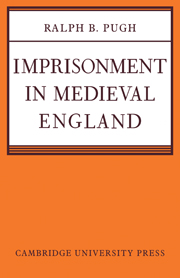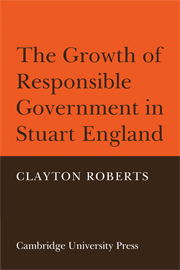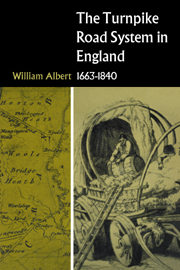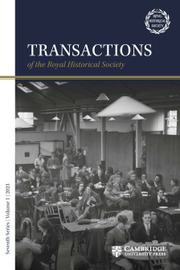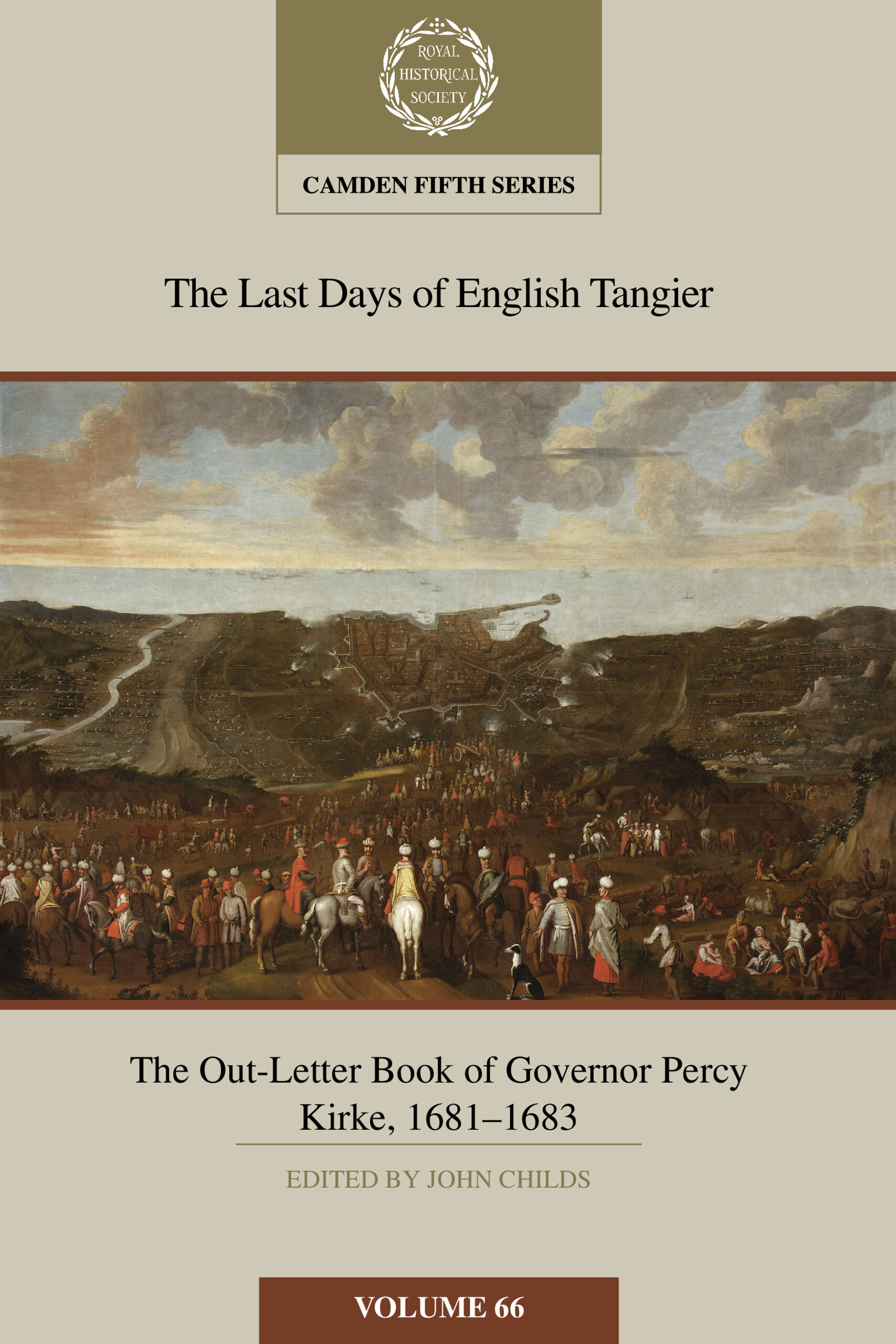Imprisonment in Medieval England
This study traces the subject to the reign of Henry VIII. The author describes the location and analyses the types of prison buildings: county gaols, 'national' prisons (like the Fleet), franchise, municipal, 'bishops' and forest prisons. He also deals with the administration, staffing, repair and appearance of the buildings. Professor Pugh emphasizes that imprisonment was widely used as a punishment and was not wholly custodial and coercive; that the treatment of prisoners, if callous, was not intentionally cruel; and that the exaction of fees and lodging charges was not an 'abuse' but came to be the only way in which imprisonment could be made to work. These views correct prevailing misconceptions. The growth of imprisonment for debt and the system called 'benefit of clergy' are traced. Several chapters are devoted to escaping and its punitive consequences and to the trial of suspected felons. There is also some discussion of the imprisonment or monks within their monasteries.
Product details
October 2008Paperback
9780521089043
444 pages
216 × 140 × 25 mm
0.56kg
Available
Table of Contents
- 1. The earlier uses of imprisonment
- 2. The later uses of imprisonment
- 3. The imprisonment of clerks, serfs, and Jews
- 4. County gaols
- 5. Municipal and franchise prisons
- 6. 'National', 'bishops'', and other special prisons
- 7. The custody of prisons and prisoners
- 8. The gaoler's remuneration and conduct
- 9. Commitment, bail, and enlargement
- 10. Escapes and their consequences for the escaper
- 11. The consequences of escapes for the gaoler
- 12. The earlier history of gaol delivery
- 13. The later history of gaol delivery
- 14. Exceptional types of gaol delivery and the conduct of trial
- 15. The welfare of prisoners
- 16. The maintenance of prison buildings
- 17. The structure and contents of prison buildings
- 18. Monastic imprisonment
- 19. Conclusion.

